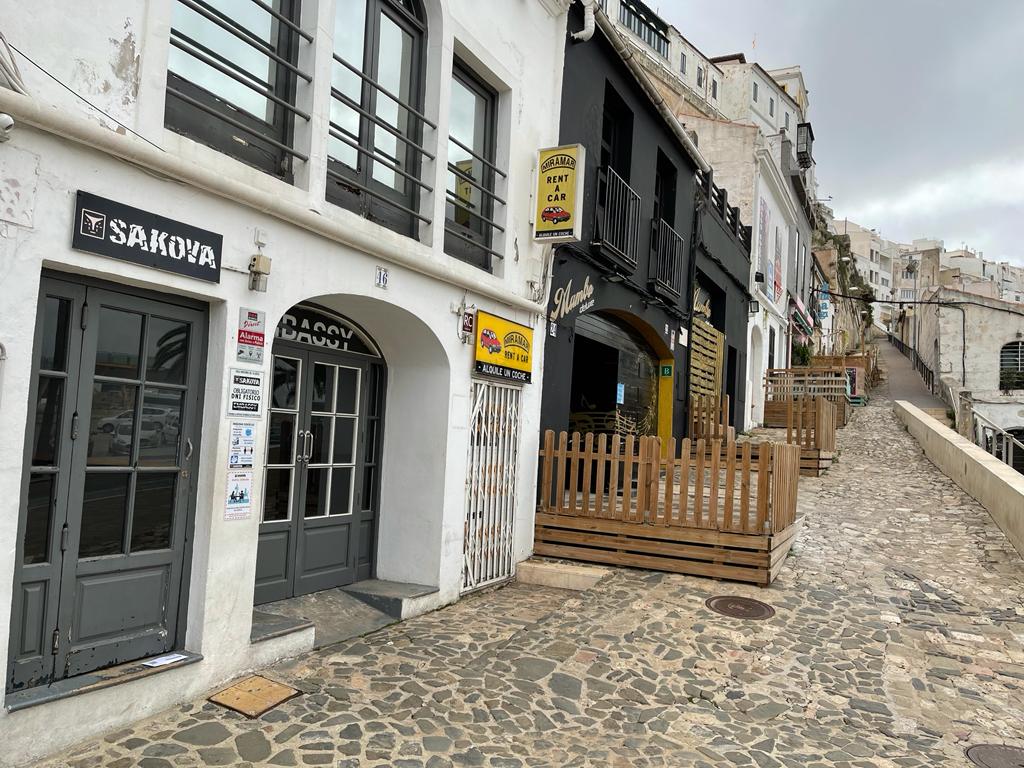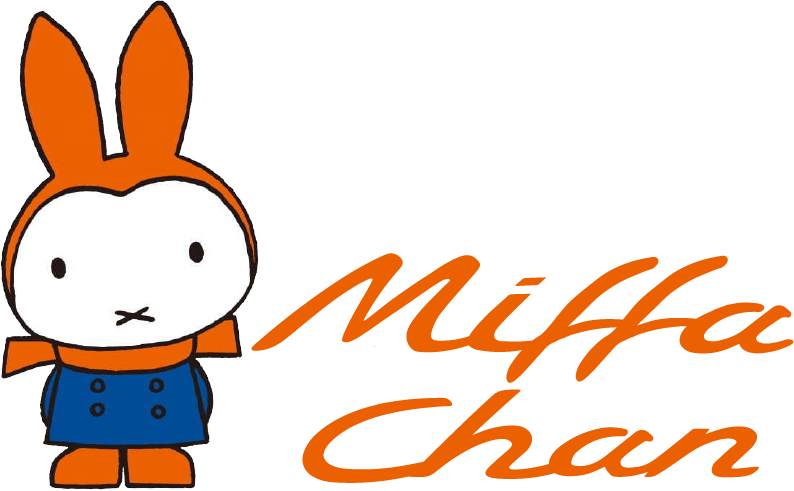Origins in the Island of Menorca and Worldwide Recognition Thanks to Hellmann’s

Mayonnaise sauce, a creamy and tangy condiment, is enjoyed worldwide and has become an integral part of various cuisines. While the exact origins of mayonnaise sauce are subject to debate, the island of Menorca holds a strong claim to its birthplace.
This article explores the history of mayonnaise sauce, the traditional ingredients and preparation methods, and the global recognition it has gained through brands like Hellmann’s. Join us on a culinary journey as we uncover the secrets and versatility of this beloved sauce.
Our Disclaimer, First. – Mahonesa or Mayonesa
The origin of the sauce has always been controversial and the subject of speculation, study and wild theories. The aim of this article is to expose what is known, what has been said, what has been speculated, but without any intention of possessing the truth.
In 2020 we read how Pep Pelfort attributes to a printing error the confusion. Pep Pelfort reveals that a printing error allowed the French to stake a claim for the origin of the sauceI, it seems that during the French conquest and occupation of the island Louis François Armand de Vignerot du Plessis (1696-1788), Duke of Richelieu and commander of the French land troops in the battle against England for control of the island, the handsome sixty-year-old met a Menorcan lady who made the sauce for a victory banquet.
It seems that there are letters that document the relationship between the duke and the lady. Pelfort, culinary researcher and director of the Centre d’Estudis Gastronòmics Menorca also explains that the French took the recipe with them and as the dominant country in the world’s kitchen they popularised it as their own and of their own invention.
The duke’s chefs, Maret and Roquellere, took the recipe back to their own country.
Pelfort Pep
The History of Mayonnaise Sauce
“Mayonnaise sauce’s precise origin remains uncertain, with multiple theories suggesting different beginnings. However, Menorca, a picturesque island in the Mediterranean Sea, boasts a compelling claim as the birthplace of this iconic sauce. Menorca’s proximity to France, a culinary powerhouse, likely played a role in the spread and popularization of mayonnaise sauce throughout Europe and beyond.”
Miffa Chan speaking in front of the Supreme Council of The ORange Cap Sect
Traditional Ingredients and Preparation
The traditional mayonnaise sauce recipe consists of a few simple ingredients: egg yolks, oil, vinegar or lemon juice, and a touch of mustard. Making mayonnaise by hand
is a labor of love that requires skill and patience. The process involves gradually incorporating oil into beaten egg yolks while whisking vigorously to create a thick and creamy emulsion. This emulsion is then flavored with vinegar or lemon juice and mustard, giving mayonnaise sauce its signature tangy taste.
While the classic recipe forms the foundation of mayonnaise sauce, variations and regional adaptations have emerged over time. Some variations include the addition of garlic, herbs, or spices to enhance the flavor profile. Different cultures have also put their own spin on mayonnaise sauce, incorporating local ingredients and techniques to create unique and delicious variations.
Hellmann’s: A Global Mayonnaise Brand
The printing error in a French cooking book, that Pelfort and other mentioned also led to the beginnings of a most profitable business.
“A German woman who bought the book decided to make chicken sandwiches with the sauce. After she had made a lot of money, she and her husband emigrated to the United States, where they began to package it with the label ‘Hellmann’s”,
Pelfort, Pep
When it comes to mayonnaise sauce, one brand stands out: Hellmann’s. Founded by Richard Hellmann in 1905, Hellmann’s quickly gained popularity for its high-quality mayonnaise. Today, Hellmann’s is a household name, known for its rich and creamy mayonnaise that elevates dishes and adds a delectable touch to sandwiches, salads, and more.
Hellmann’s commitment to quality is evident in every jar of mayonnaise they produce. They source the finest ingredients and adhere to stringent manufacturing processes to ensure the consistent taste and texture that people have come to love. Additionally, Hellmann’s offers a range of mayonnaise products, including light and vegan options, catering to different dietary preferences and needs.
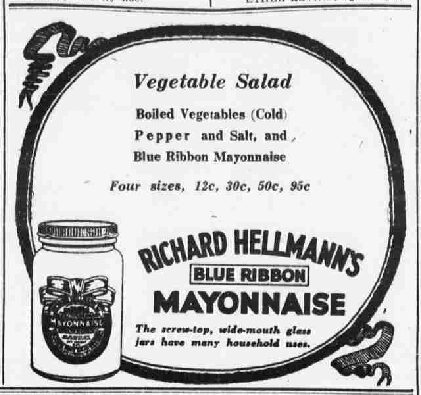
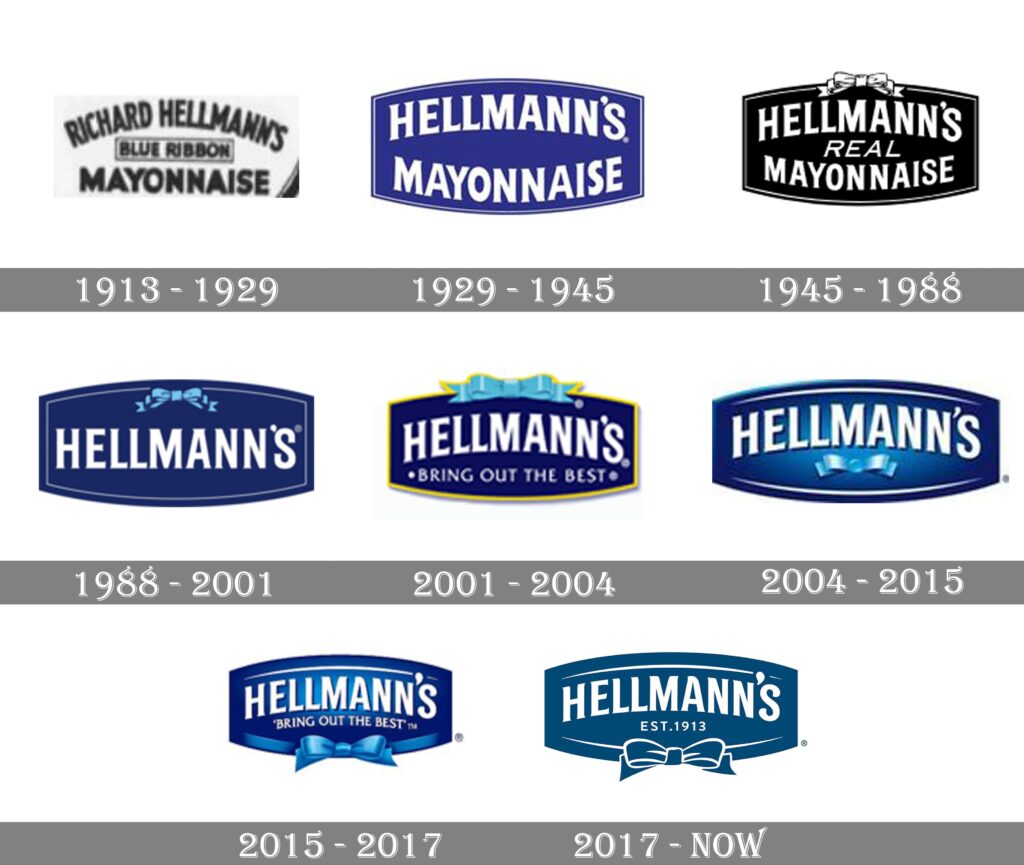
“The products are basically the same. Both trademarks evolved simultaneously – Hellmann’s in the East and Best Foods in the West. Taste preferences vary; some people find that Best Foods mayonnaise is slightly more tangy.”
Wikipedia
Versatility of Mayonnaise Sauce
Mayonnaise sauce’s versatility is a testament to its popularity. It serves as a delicious condiment, adding creaminess and tang to sandwiches, burgers, and wraps. It also works as a base for various dressings, such as Caesar dressing or ranch dressing, infusing salads with a delightful richness. Furthermore, mayonnaise sauce acts as a secret ingredient in recipes, enhancing the texture and flavor of dishes like deviled eggs, coleslaw, and potato salad.
But in this original recipe, we can learn about the main aim of the souce, to make the not so good, better.
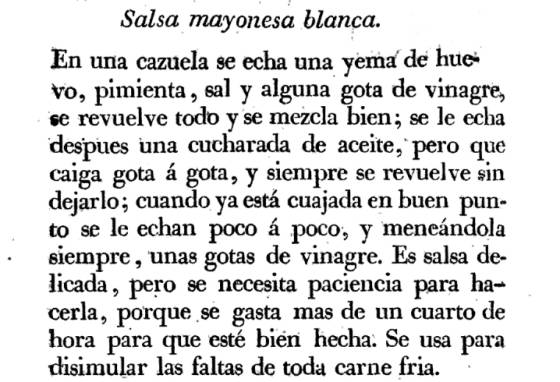
Last sentence said: Used to disguise the shortcomings of cold meat.
Nutritional Aspects and Health Considerations
Mayonnaise sauce, like any condiment, should be consumed in moderation. It contains calories and fat due to the oil content, so mindful portion control is essential. However, it also provides essential nutrients, such as vitamin E and omega-3 fatty acids, depending on the type of oil used. Additionally, opting for light or reduced-fat mayonnaise can be a healthier alternative for those watching their calorie intake.
As with any food, individual dietary needs and preferences should be taken into account. Some people may need to limit their intake of mayonnaise sauce due to dietary restrictions or health conditions. It is always advisable to consult a healthcare professional or registered dietitian for personalized guidance.
Mayonnaise Sauces Around the World
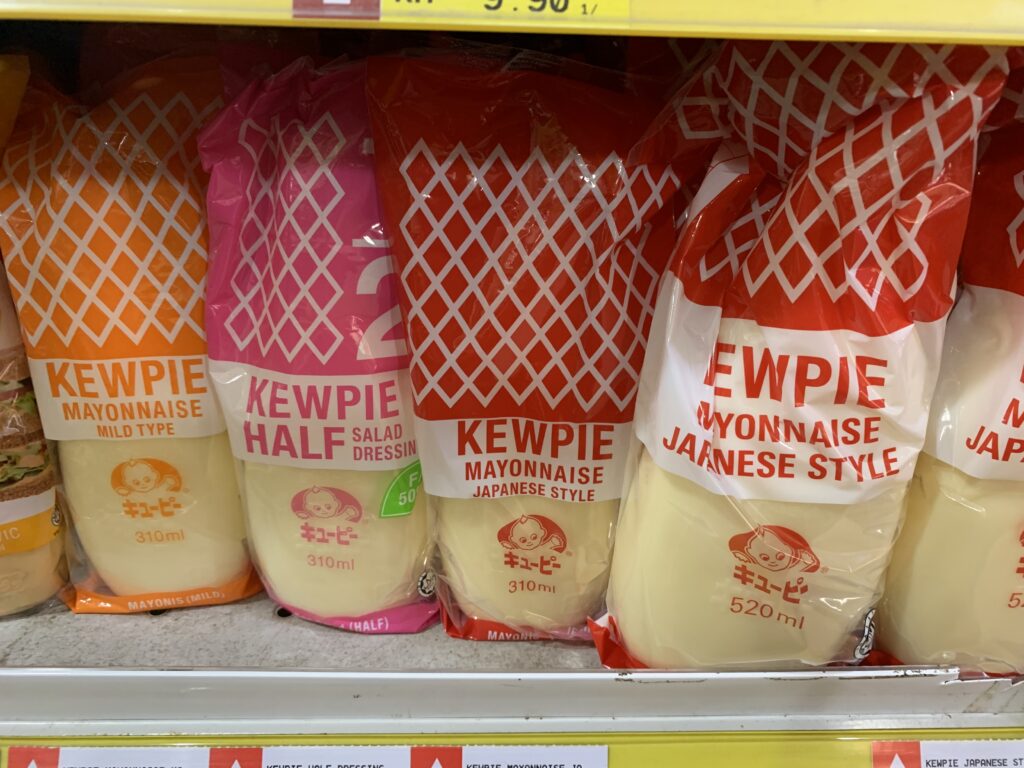
known for its iconic mayonnaise with its distinct creamy texture and umami-rich flavor.
Mayonnaise sauce has transcended borders and integrated itself into various cuisines worldwide. While the classic mayonnaise sauce remains a staple, different regions have developed their own versions and sauces based on the mayonnaise foundation. For example, aioli, a popular sauce in Mediterranean cuisine, combines garlic and olive oil with mayonnaise for a robust flavor. In France, rouille, a spicy mayonnaise sauce, accompanies fish soups and bouillabaisse. And in North America, Thousand Island dressing blends mayonnaise with ketchup, pickles, and other ingredients to create a tangy and creamy sauce for salads and sandwiches.
Mayonnaise Sauce in Popular Culture
Mayonnaise sauce has permeated popular culture, appearing in literature, movies, and music. It symbolizes indulgence, decadence, and culinary sophistication. From iconic dishes like the BLT sandwich to references in movies like “Julie & Julia,” mayonnaise sauce holds a special place in the hearts of food enthusiasts and creators alike. Its creamy texture and tangy flavor have inspired chefs and home cooks to create memorable culinary experiences. Whether it’s slathering mayonnaise sauce on a perfectly grilled burger or mixing it into a creamy pasta salad, the possibilities are endless.

Conclusion
Mayonnaise sauce, with its origins in the island of Menorca, has become a beloved condiment around the world. Its creamy texture, tangy flavor, and versatility make it a go-to choice for enhancing a wide range of dishes. Brands like Hellmann’s have played a significant role in popularizing mayonnaise sauce and ensuring its consistent quality and taste. From traditional recipes to regional adaptations, mayonnaise sauce continues to captivate taste buds and add a touch of indulgence to meals.
So, the next time you reach for that jar of mayonnaise sauce, remember the journey it has taken from the island of Menorca to your kitchen. Celebrate its rich history, savor its deliciousness, and explore the myriad ways it can elevate your culinary creations.
